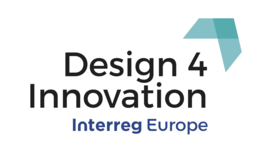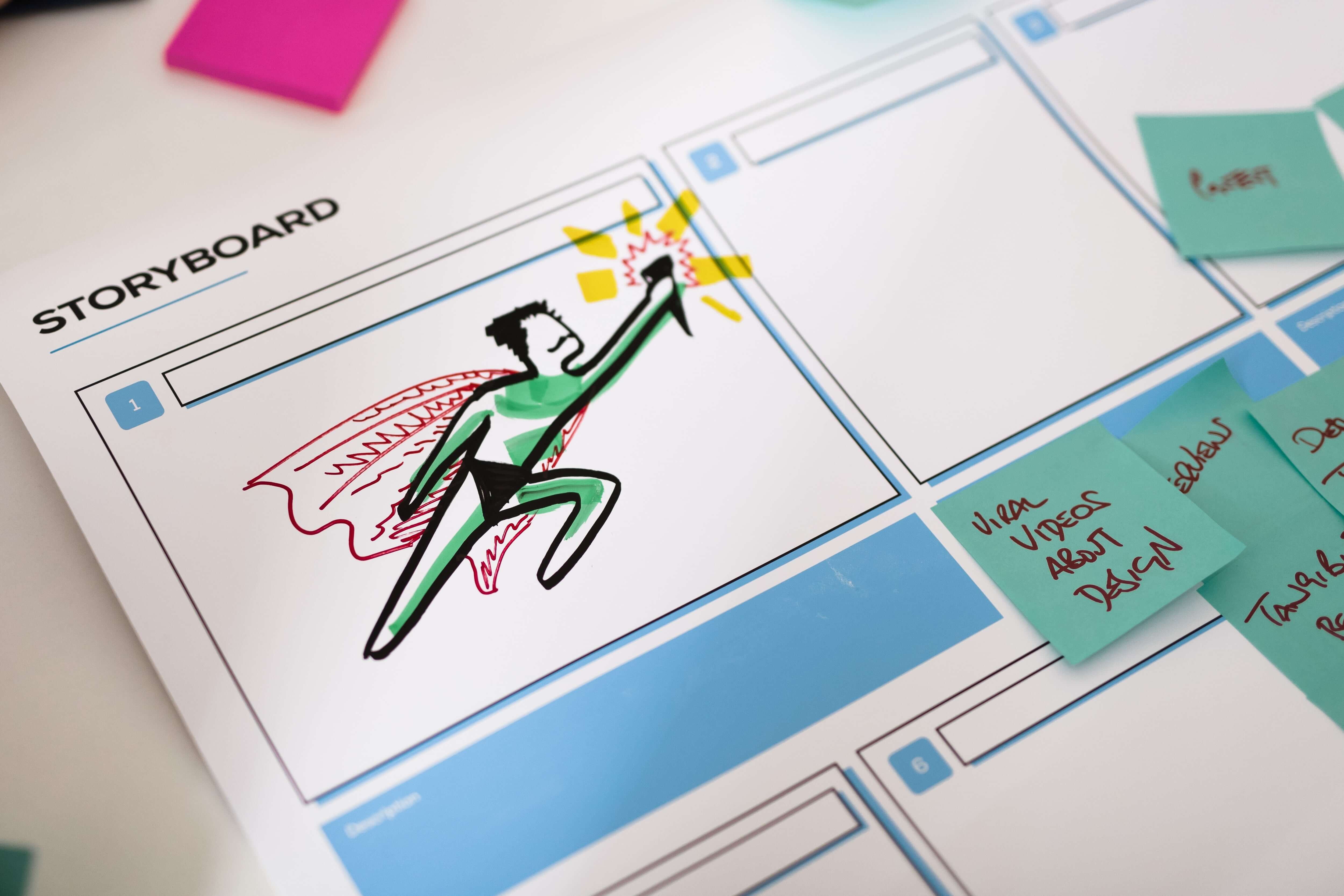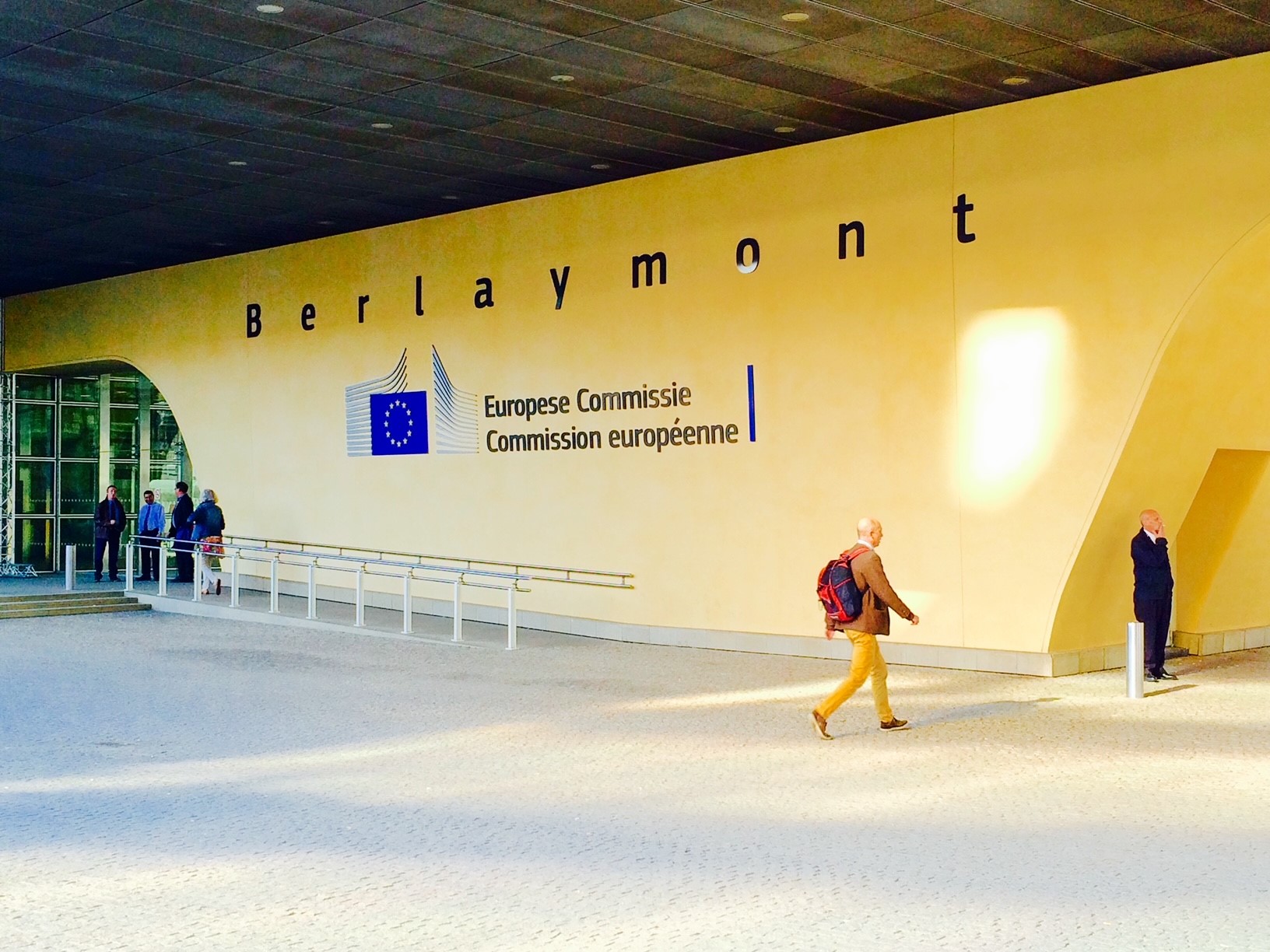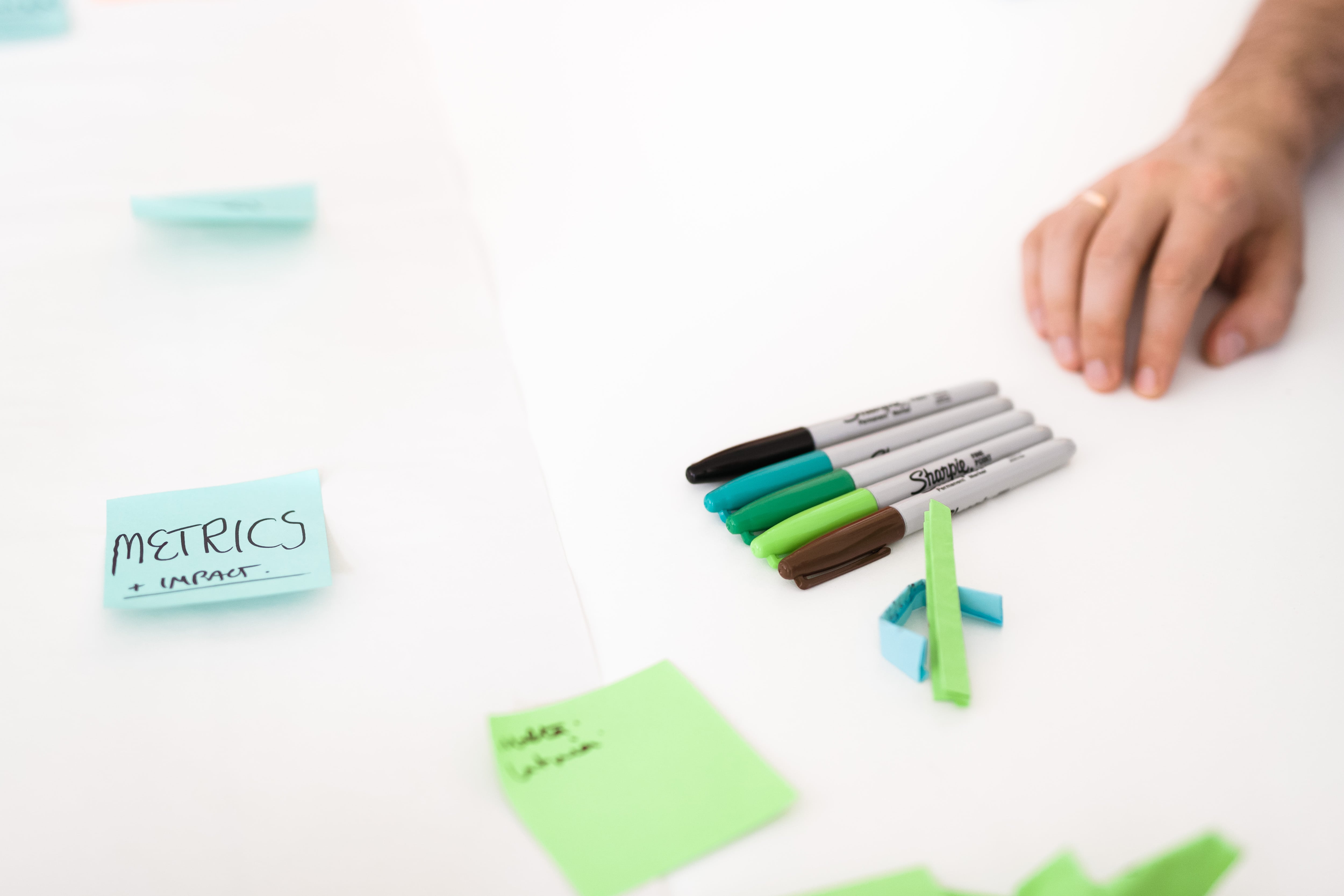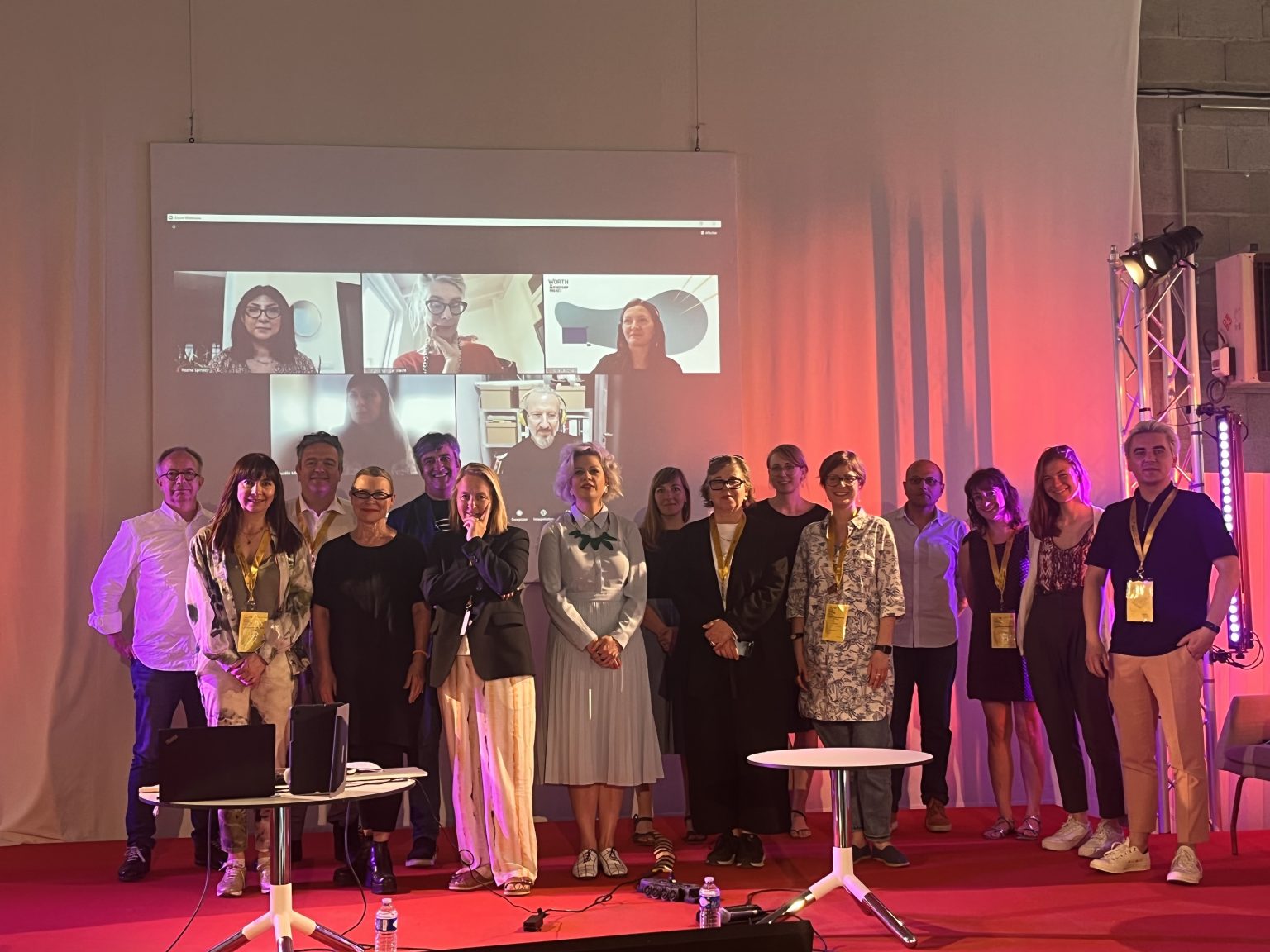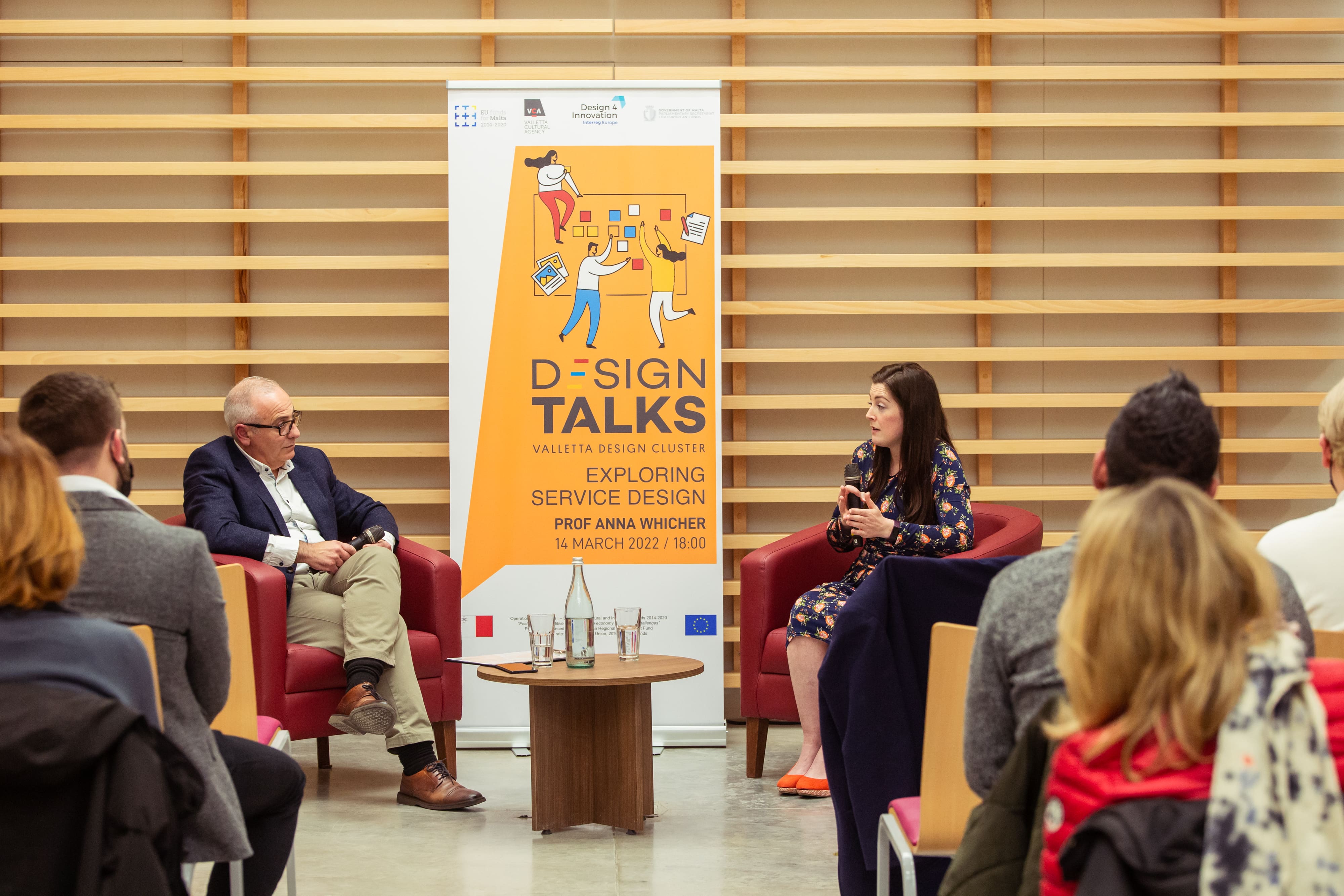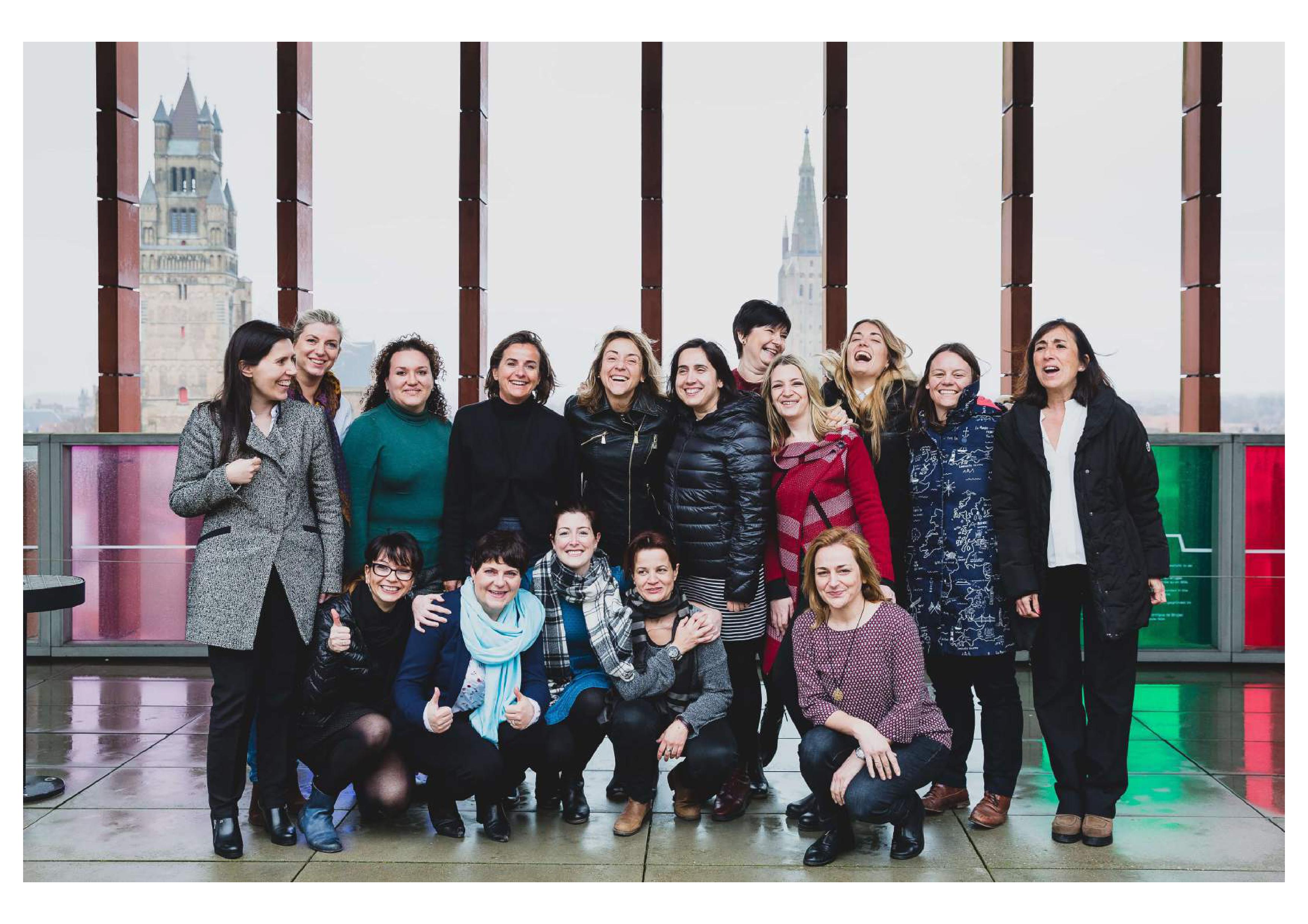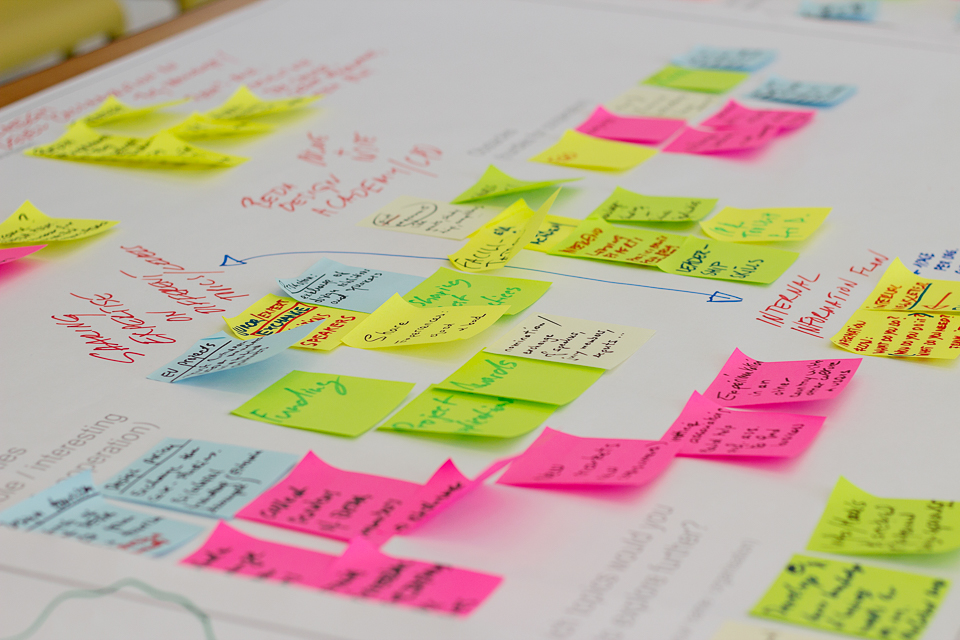Business and innovation advisors at support organisations are crucial for effective take-up of support programmes and implementation of design. They need to have a good understanding of design to be able to explain its value to specific sector and convince business owners and managers to take up a new project. Building capacity for design-driven innovation for businesses is one of the priorities in the European Commission’s Action Plan for Design. Analyses of design ecosystem and stakeholder engagement in our partner regions also identified a need for such actions.
“Creating capacity to deliver support for design-driven innovation for businesses throughout Europe.
There is weak provision of specialised design-based training and mentoring programmes for SMEs, and of design-led innovation incubators. Making such support services available more widely will improve businesses’ ability to use design as a driver for innovation. This calls for improvement in the design innovation competencies of business-development organisations, incubators and other intermediaries in all Member States.”
EU Action Plan for Design-driven Innovation 2013, p. 8.

Piotr Swiatek, project coordinator, summarised different methods and approaches to building design capacity including through training, knowledge exchange, development of toolkits and guidelines or working with designers to improve the support offer from applicant’s perspective. We had a chance to hear from Lee Gaynor about User-Factor – a unique project funded by Interreg Atlantic Area, where eight business support organisations develop their capacity through knowledge exchange and using service design to create pilot support schemes for user-centred innovation. Lee gave example of Scottish Enterprise approach who uses service design tools to review and improve the experience of their ‘By Design’ grant, as well as he talked about how PDR-run pilot for Cardiff Market was created to suit specific needs of traditional traders.

Against that backdrop and building on the partners’ experience, we have discussed the effectiveness and potential challenges of different methods of design capacity- building. In a World Café format, partners had a chance to share their experiences and insights on ‘what works?’ and what should be taken into account when planning capacity-building project through:
• Knowledge exchange projects – are a great opportunity to share expertise and solutions, but also lessons learnt from failures. Thanks to knowledge exchange projects, you have access to experts in a specific field and can improve your skills and competences. Working together on similar challenges is more efficient, can generate savings and bring new perspectives. However, you need to make sure that the right people are involved for knowledge exchange to bring about change. Learning takes time, especially when working on complex issues and going in detail. On the other hand, it is important to test ideas quickly to find out if they could be successful in our region. You need to remember to translate and adapt good practices to your local context, as every region has different background and local specificities. Although knowledge exchange usually generates some tangible outputs at the end, it is important to bear in mind that the impact comes much later and grows in time. Good practices also change and evolve in time; you should facilitate continuous dialogue to make sure that you are up to date with your knowledge.

• Toolkits – a toolkit usually includes a general approach or framework for a specific issue and a collection of methods and tools to use. It should be developed with stakeholder engagement to make sure it is relevant and avoid jargon to make it accessible. When it comes to accessibility, toolkits benefit from being open to everyone online. They are great as a communication tool and can help significantly in some cases if they are self-explanatory, easy, empowering and encourage creative use. However, they usually bring best results when used with professional facilitation. Therefore, you need to set the expectations right at the start to avoid disappointment from users. The popularity of toolkits makes it sometimes difficult to find the right one, they should not be created for the sake of doing it, but only when the methods are tried and tested many times.
Read the second part of this article here.

